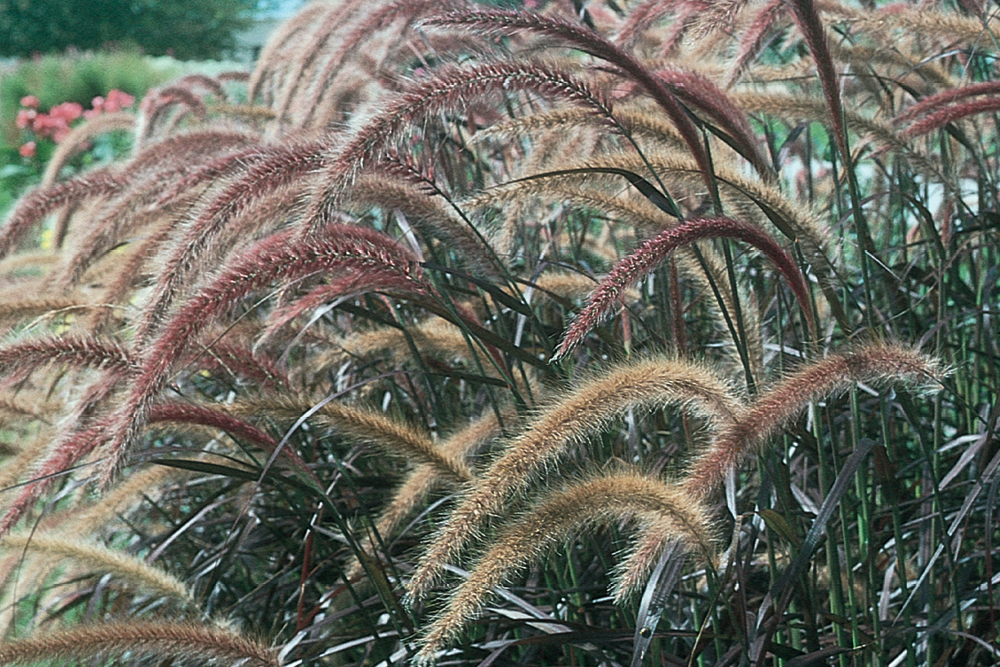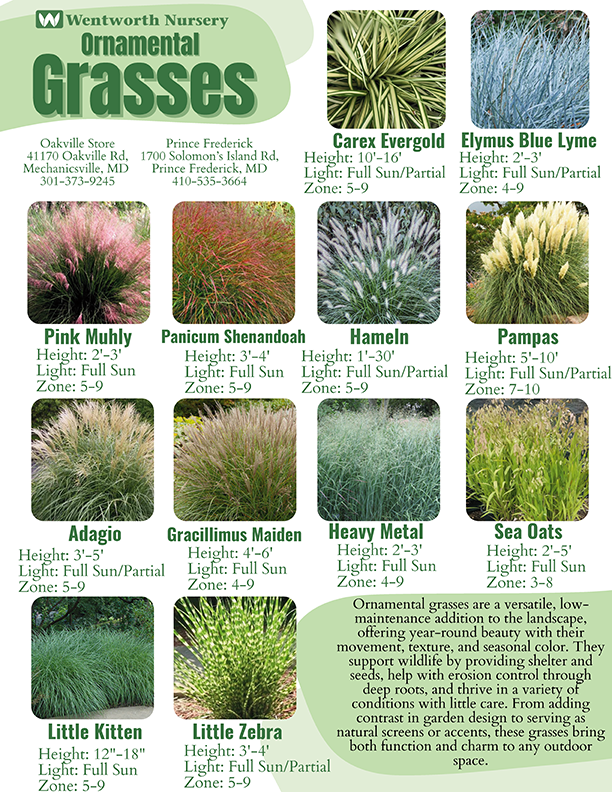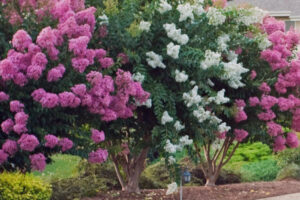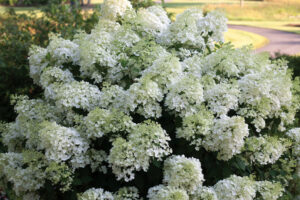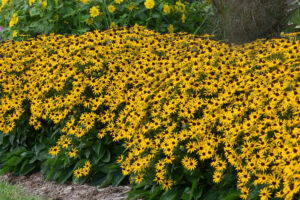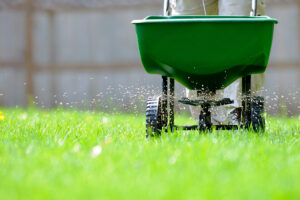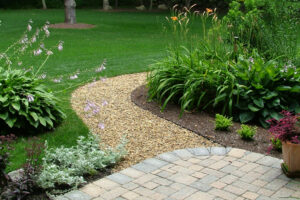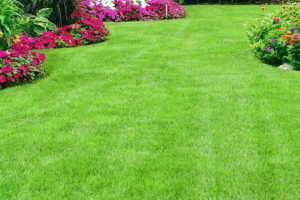The Beauty and Benefits of Ornamental Grasses in the Landscape
When you think of standout plants for the landscape, your mind might go straight to flowering perennials, trees, or colorful shrubs. But there’s another group of plants that deserves a spotlight—ornamental grasses. These graceful, hardy, and versatile plants are becoming more and more popular in home and commercial gardens, and for good reason. They combine beauty with function, adding texture, movement, and ecological benefits to any outdoor space.
Why Choose Ornamental Grasses?
Ornamental grasses bring a unique character to the landscape that few other plants can match. Their tall blades and feathery plumes sway gently in the breeze, adding movement and sound to the garden. With seasonal color changes—from lush greens in spring to golden tones in fall and frosty silhouettes in winter—grasses provide year-round interest. They’re also incredibly versatile, fitting perfectly into both modern minimalist gardens and naturalized, cottage-style landscapes.
Low-Maintenance Beauty
One of the greatest appeals of ornamental grasses is how little care they require. Once established, many varieties are drought-tolerant and thrive with minimal watering. They rarely need fertilizer, resist common pests and diseases, and only require a simple cut-back once a year. This makes them an ideal choice for gardeners looking for impact without constant upkeep.
Ecological & Functional Benefits
Ornamental grasses are more than just beautiful additions to the landscape—they play an important role in supporting healthy ecosystems. Their deep root systems help improve soil health, prevent erosion, and increase water retention, making them valuable for sustainable gardening. Many grasses also provide food and shelter for pollinators, birds, and beneficial insects, creating thriving habitats in both residential and natural settings. In addition, they require little fertilizer or pesticides, reducing chemical runoff and promoting cleaner waterways. By incorporating ornamental grasses into the landscape, you’re not only enhancing visual appeal but also contributing to a more balanced and resilient environment.

